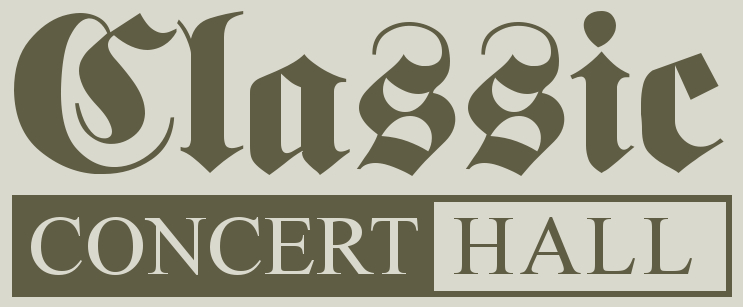Login

Groningen, St. Martini [Back to Library]
| Producer: | Sonus Paradisi |
| Builder: | Schnitger |
| Country: | Netherlands |
| Style: | |
| Manuals: | 3 |
| Pedalboard: | No |
| Audio Ouput: | |
| Software(s): | |
| Date Built: | |
Description: |
The history of the Martini organ dates back to 1450, when Master Hermannus built an organ and placed it in a new gallery. In 1482, the organ was extended with a Rugpositief by Master Johan then Damme from Appingedam. The consultant for that work was the humanist and organist Rudolphus Agricola. His name can be seen on the cartouche below the Rugpositief. The organ case shows the year 1542, which refers to a rebuild of the organ in Renaissance style by an unknown builder. At that same time, the organ was expanded with a Bovenwerk. However, the Gothic framework for the organ case was almost completely preserved. Further additions were made around 1564 by Andreas de Mare and in 1627/28 by Anthoni and Adam Verbeeck. From 1685 to 1690 Jan Helman began extensive work including new bellows, keyboards and spring chests for the Hoofdwerk and the Pedaal, but he died in 1690 leaving some of the work unfinished. The parish then contacted Arp Schnitger, who completed the work left unfinished by Helman in 1691/92. Schnitger built large pedal towers on both sides of the organ and placed the 32-foot Principal pipes in the facade. The large pipes were made in the church, using ships' masts to help form them. The alloy for the front pipes has a high lead content. Schnitger also built three reed stops and a new wind chest for the Bovenwerk. Finally, he lowered the organ's pitch by moving all the pipes one step. By all these actions the organ received the signature of Arp Schnitger. In 1728, Arp Schnitger's son Franz Caspar built new wind chests for the Hoofdwerk and the Pedaal, as well as a new Rugpositief including case, wood carvings, and console. Despite the long and diverse history of this organ before Schnitger's time, Schnitger's work is so profound that it is justifiable to say the organ of the Martini church is a Schnitger organ. After the death of Franz Caspar Schnitger, additional work was completed in 1730 by Master Albert Anthony Hinsz. Then in 1739/40, Albert Anthony Hinsz installed seven new stop and thus the organ was enlarged to 47 stops. In the 19th century, the Martini organ was adapted several times to the tastes fashionable at the time, and its disposition was romanticized (1816, 1831, 1854/55). The organ builders Lohman and later Van Oeckelen made modifications to many stops and extended the organ to 52 stops.The 20th century brought several big changes: a pneumatic action for the pedal (1904), the removal of the eight surviving wedge bellows in favor of a large magazine bellows, and in 1938/39 a new console with electric action for the keyboards, some new registers, and a new tuning. However, the original console was kept in place. By the second half of the 20th century, organologists and organ builders understood that traditional organ building had to be re-discovered. Pioneering work was done by the organologist Cornelis H. Edskes in Groningen. He studied the well-preserved organs of the Baroque era, which still retained their original state. The organ of the Martini church was romantically voiced, but through restoration the organ could be returned to the Baroque sound of Schnitger. The organ builder who had great experience with such restorations was Jürgen Ahrend. Together, Ahrend and Edskes laid plans for how to perform the restoration. The restoration of the organ by Jürgen Ahrend in Leer/Loga (Germany) happened in two parts, the first in 1976/77 and the second in 1983/84. The work included reconstruction of the mechanical action, the construction of a new wind supply, and the restoration of the wind chests. The old pipes were restored to their baroque voicing and the organ was returned to the disposition of 1740 – although some 19th-century stops are also preserved in the current instrument with an adapted voicing. Ahrend even reconstructed the original Speelfluit 4´, of which only a single pipe from 1542 was found preserved in the local museum. The organ now consists of 53 speaking stops. It is remarkable that the 32-foot pipes of the organ were repaired again in the church, and again ships' masts were used to shape the metal. |
| # of uploads with organ: | 67 |
| # of users uploaded using organ: | 10 |
| Popular Uploads: |
Passacaglia (BWV 582) (Popup Player) |
| Website: | http://www.sonusparadisi.cz/en/organs/netherlands/groningen-st-martini.html |
Comments/Reviews
Have we missed some information regarding a sample set? Let us know using our Contact Page. We would greatly appreciate it!

